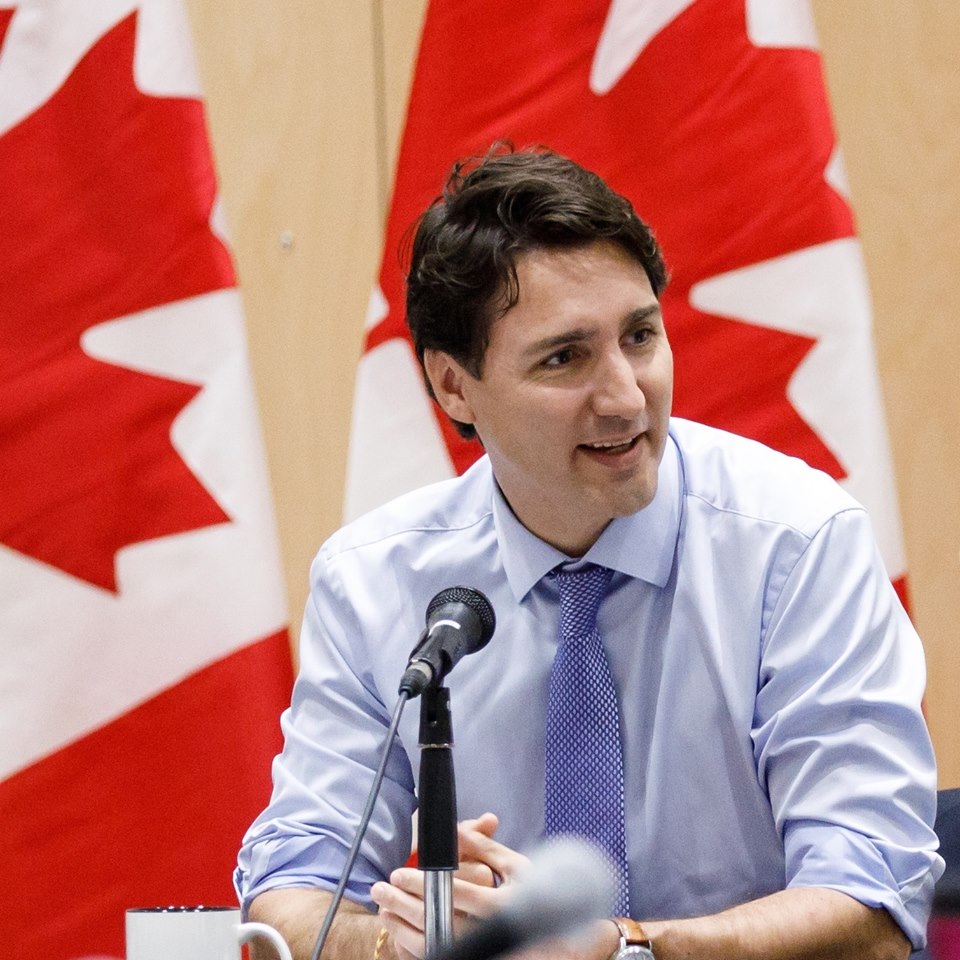
Canada To Cut Down on Immigration Amid Housing Shortages and System Challenge
Canada’s Prime Minister, Justin Trudeau, has stated plans to reduce the number of both temporary and permanent immigrants over the next three years so as to address house shortages and other systemic challenges in the country such as abuse within the immigration system.
He made this announcement in the early hours of Monday, November 18 via a report by Canada’s immigration agency.
Prime Minister Justin Trudeau highlighted that the country’s rapid population growth has been largely fueled by immigration, especially through a significant increase in temporary residents such as international students and foreign workers.
While this growth has been vital for economic recovery, it has also led to unexpected challenges.
Trudeau admitted that Canada’s immigration system has become susceptible to misuse and exploitation, which requires urgent attention.
The move is intended to tackle issues stemming from rapid population growth, housing shortages and abuses within the immigration system.
The Prime Minister emphasized the role of ‘bad actors,’ such as fraudulent educational institutions and exploitative employers in taking advantage of the immigration system
Some companies have circumvented Canadian labor laws by hiring foreign workers at lower wages, while certain schools have deceived international students with inflated tuition fees and false promises of permanent residency.
Trudeau said, “Looking back, we could have acted more quickly and reduced immigration levels sooner.
“This rapid growth has placed extra strain on the housing market, especially in cities, making it more difficult for both immigrants and Canadian citizens to find affordable housing.
“Public services, such as healthcare and infrastructure, have also been impacted by the increased demand.”
He then clarified the government’s distinction between two key immigration categories: permanent and temporary immigration.
Permanent immigration, which includes skilled workers and family reunifications, will remain a priority.
Meanwhile, temporary immigration which encompasses international students and temporary foreign workers has traditionally been driven by short-term economic needs but will now have defined targets as part of a broader, long-term strategy.
This shift in approach aims to enable the government to better manage housing and infrastructure demands while aligning immigration with labor market needs.
The new system will ensure that immigration levels are balanced with Canada’s ability to provide essential services and housing.
The government’s updated framework introduces several significant changes which are:
Reducing Immigration Levels: Over the next three years, both permanent and temporary immigration numbers will decrease. This temporary reduction is intended to give the country ‘breathing room’ to address housing shortages and develop the necessary infrastructure.
Prioritizing Skilled Workers: The focus will be on attracting skilled workers, particularly in sectors such as healthcare and construction, where there are critical labor shortages. Skilled immigrants already in Canada will be encouraged to apply for permanent residency.
Limiting Temporary Immigration: There will be a cap on the number of international students, which has already started to help stabilize rental prices in cities like Toronto and Vancouver. Temporary foreign workers will also be more selectively admitted based on specific labor market needs rather than general economic demand.
Tackling Exploitation: The government will intensify efforts to combat fraudulent practices. This includes regulating the international student program, addressing exploitative employers, and ensuring that immigration consultants comply with the rules.
Asylum System Reform: Trudeau outlined reforms to the asylum process. Individuals attempting to use the asylum system as a backdoor route to permanent residency will face stricter scrutiny. Asylum claims will be processed more quickly, and rejected applicants will be promptly deported to prevent further abuse of the system.
The choice to cut back on immigration has sparked diverse responses.
Certain business leaders express concerns that restricting immigration may exacerbate labor shortages.
An anonymous spokesperson from Canada’s manufacturing industry mentioned, “We’ve had a chronic shortage of labour for the last decade.
“We need more people, not fewer.”
Nevertheless, the government contends that temporarily reducing immigration will allow communities to adapt, develop housing and invest in infrastructure.
Trudeau explained that this policy is not opposed to immigration but aims to realign the system for long-term sustainability.
“We are lucky that so many people dream of coming to Canada.
“But fulfilling that dream depends on having a good job, a decent place to live and access to healthcare,” he added.
NB: The images and/or content, except where otherwise indicated, are taken directly from the web, if some images or content were inserted by mistake violating the copyright, please contact the administrator for immediate removal.
We publish all content with good intentions. If you own this content & believe your copyright was violated or infringed, please contact us for immediate removal.
